With Project ONE, the chemicals company INEOS Olefins Belgium will soon be building an ethane cracker in the port of Antwerp that will produce 1,450 kt of ethylene per year. This is a billion-dollar investment, the likes of which the European chemical industry has not seen in decades. But this new plant will also be ground-breaking in terms of sustainability. Particularly in terms of emissions, Project ONE sets a new standard in the sector.
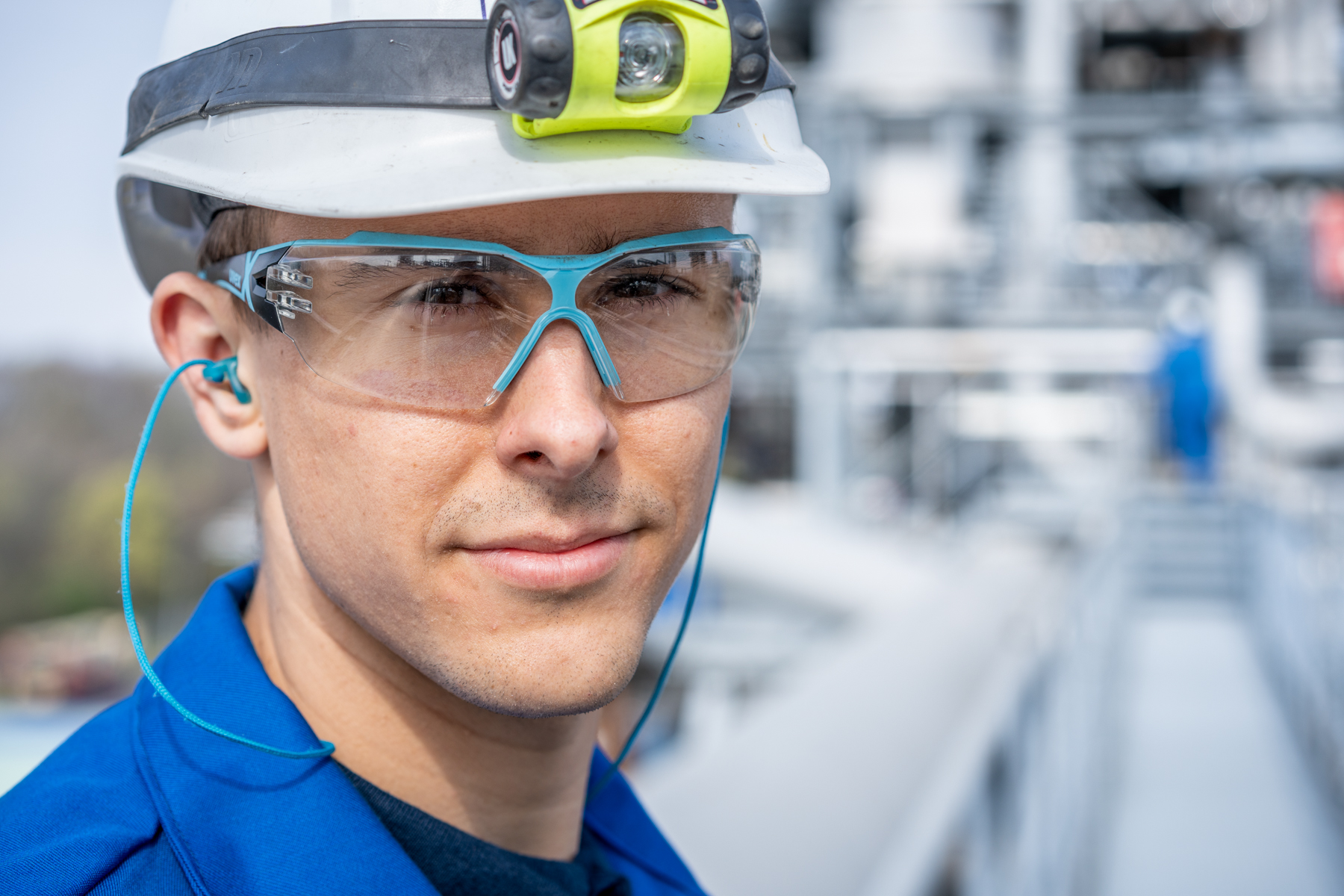
Renewal of the basic industry in Europe
25 years. That is how long it has been since a new cracker has been built in Europe. Elsewhere in the world, however, particularly in the United States, China and Saudi Arabia, there has been considerable investment in these plants in recent years, particularly for the production of ethylene, one of the most widely used basic chemicals in the world. We don’t think about it, but every day we use products and applications for which ethylene is indispensable. You find this building block in lightweight parts of cars and wind turbines and in building materials such as water and gas pipes, wires, cables and insulation. It is also used in medical applications, textiles, computer and smartphones, household appliances, food packaging and cosmetics. As demand for it increases, INEOS intends to respond with the construction of an ethane cracker, the greenest in Europe.
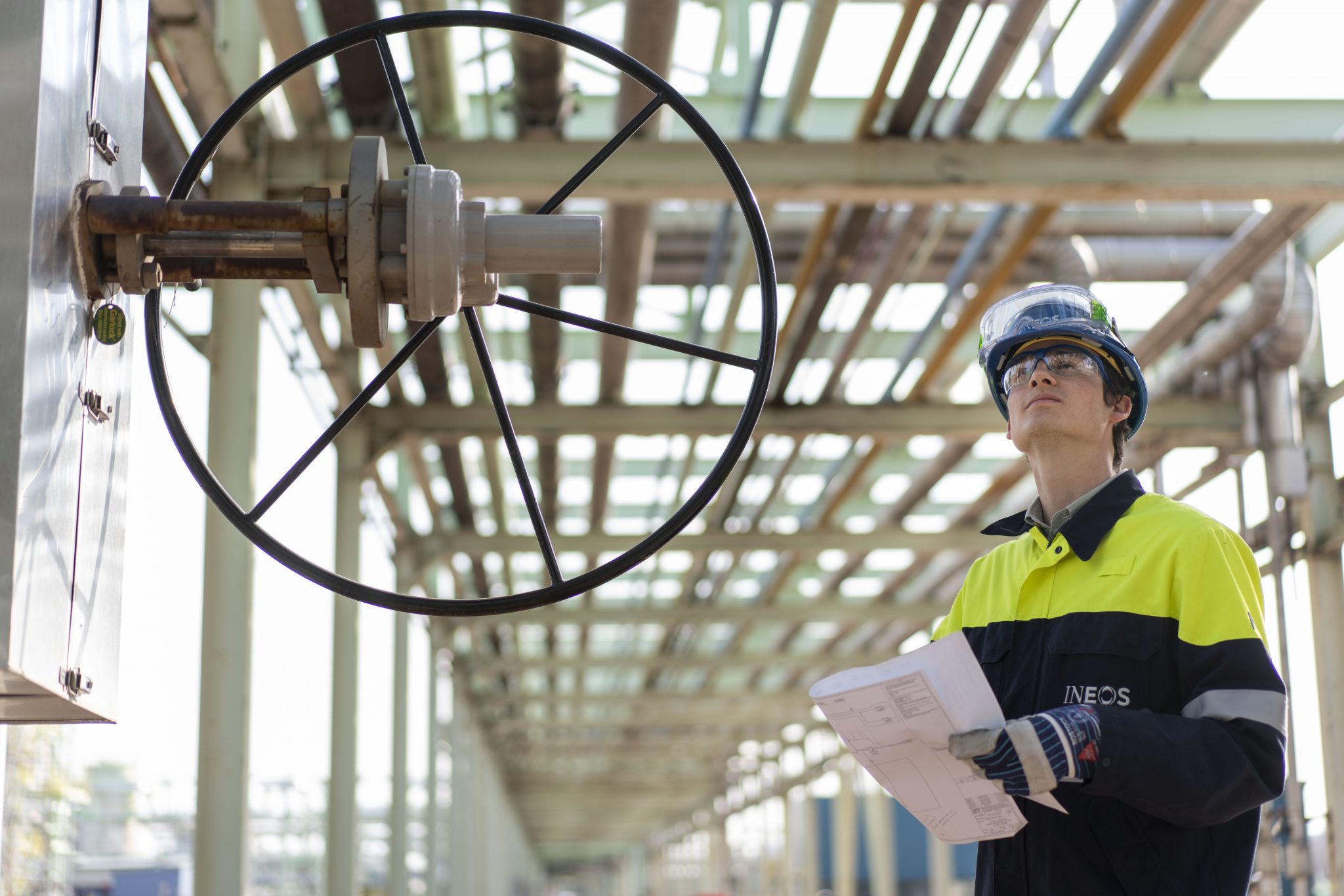
Just a Quick Note:
InnovationsOfTheWorld.com has partnered with Trade License Zone (TLZ) to support global innovators looking to expand internationally. Take advantage of the UAE’s Free Zones—enjoy streamlined setup, low corporate taxes, and a strategic gateway to the Middle East and beyond.
Get Your UAE Free Zone License Fast & Easy!Doing away with the status quo
By building ‘from scratch’ with the techniques available today, INEOS can produce significantly more sustainably. Traditionally, crackers run mainly on naphtha, one of the products from an oil refinery. However, the conversion of ethane to ethylene can be done more efficiently: far fewer by-products are created compared to naphtha and significantly less feedstock is needed for a similar production of ethylene. Simply put, from each molecule of ethane (C2H6), a molecule of ethylene (C2H4) and a molecule of hydrogen gas (H2) are produced. An additional advantage is that the hydrogen is released in larger quantities than in the cracking of naphtha and this can be used as a fuel. This is what INEOS has chosen to do. By reusing the hydrogen from the cracking process, we can immediately meet 60% of our heat consumption. Because we have consistently opted for today’s best available technologies, the cracker will soon emit less than half as much CO2 compared to the top ten percent cleanest plants in Europe. And the difference with an average cracker is even greater. We will soon be emitting only a third of what is currently the average for European crackers. Thanks to the highly integrated systems in the design, the cold temperature of the feedstock and the heat of the furnaces are also optimally utilized to save energy. In addition, all externally sourced electricity is contractually sourced from renewable offshore wind power.
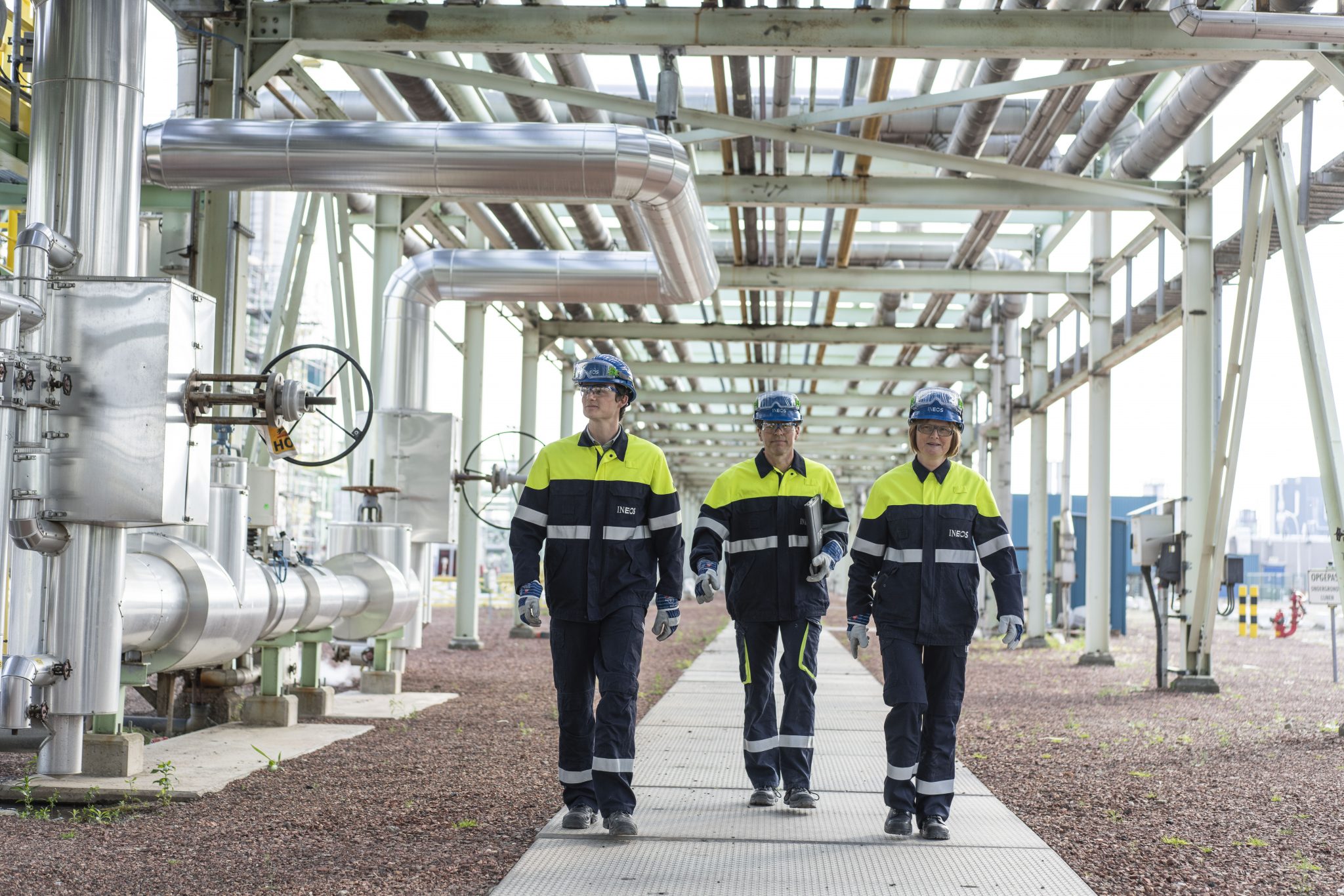
In pole position for transition to net zero
The road to a climate-neutral future is a gradual one. Project ONE is already making a fundamental difference by making maximum use of the very best of what today’s technology offers. Buyers of ethylene from Project ONE can save 2 million tons of CO2 emissions each year since they will no longer be dependent on ethylene from more polluting plants.
But the ambition extends further. Thanks to the flexible design of the plant, INEOS can continue to gradually reduce carbon emissions to net zero. INEOS estimates that this should be possible within 10 years of plant startup. For example, with some modifications it is technologically possible to fully fuel the crackers and steam boilers of Project ONE with hydrogen. A precondition is the availability of sufficient low carbon hydrogen and the infrastructure in place to deliver it. In addition, Project ONE also provides space in its design for a carbon capture installation, so that this option can also be used as soon as it is technically and commercially feasible.
By choosing Antwerp, Project ONE confirms and reinforces the port’s role as the largest chemical cluster in Europe and supports the region’s strategic autonomy for its basic industry.
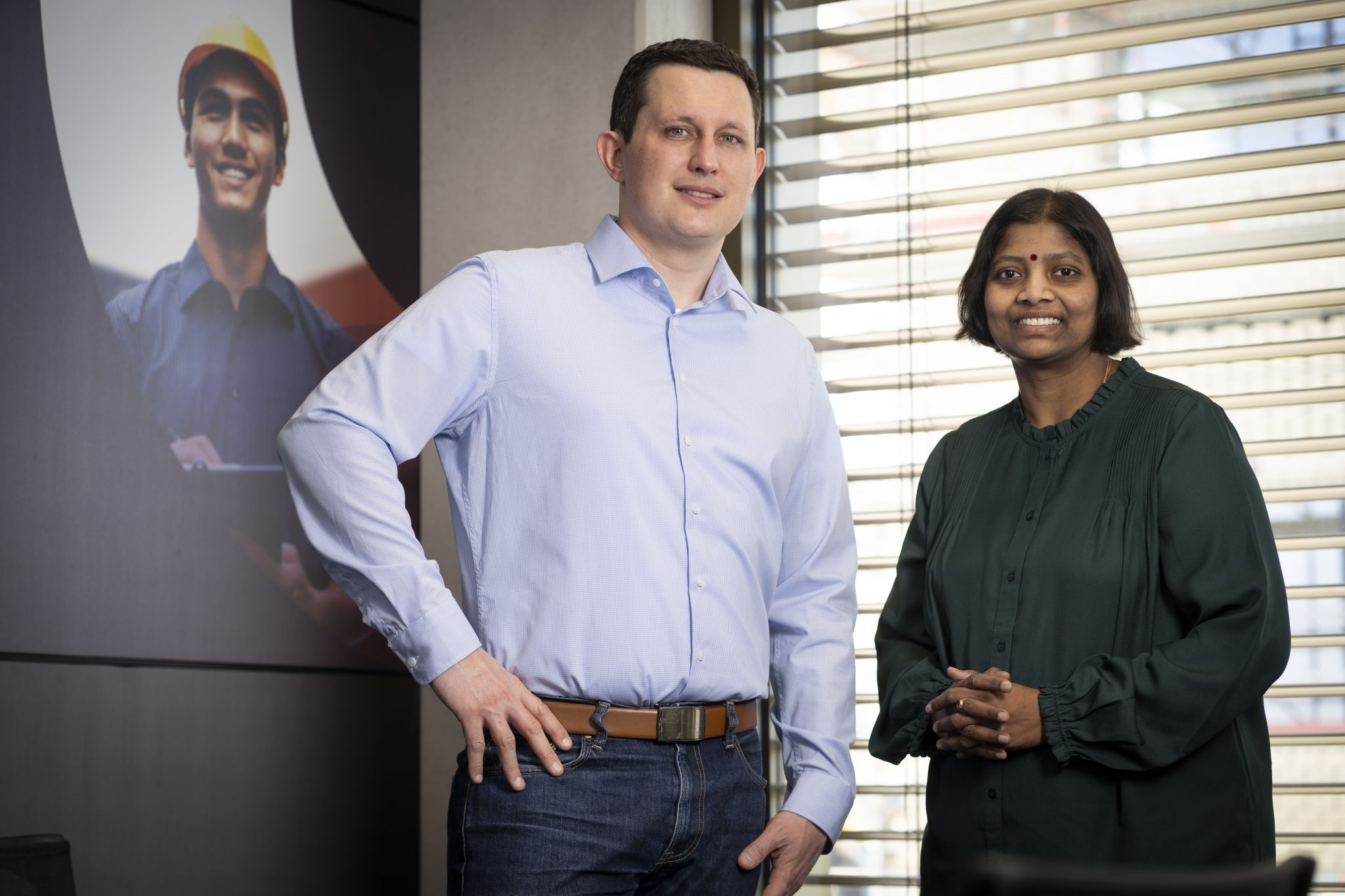
Because we have consistently chosen today’s best available technologies, the cracker will soon emit less than half as much CO2 compared to the top ten percent cleanest plants in Europe. And only a third of what is currently average for European crackers.” John McNally, CEO Project ONE
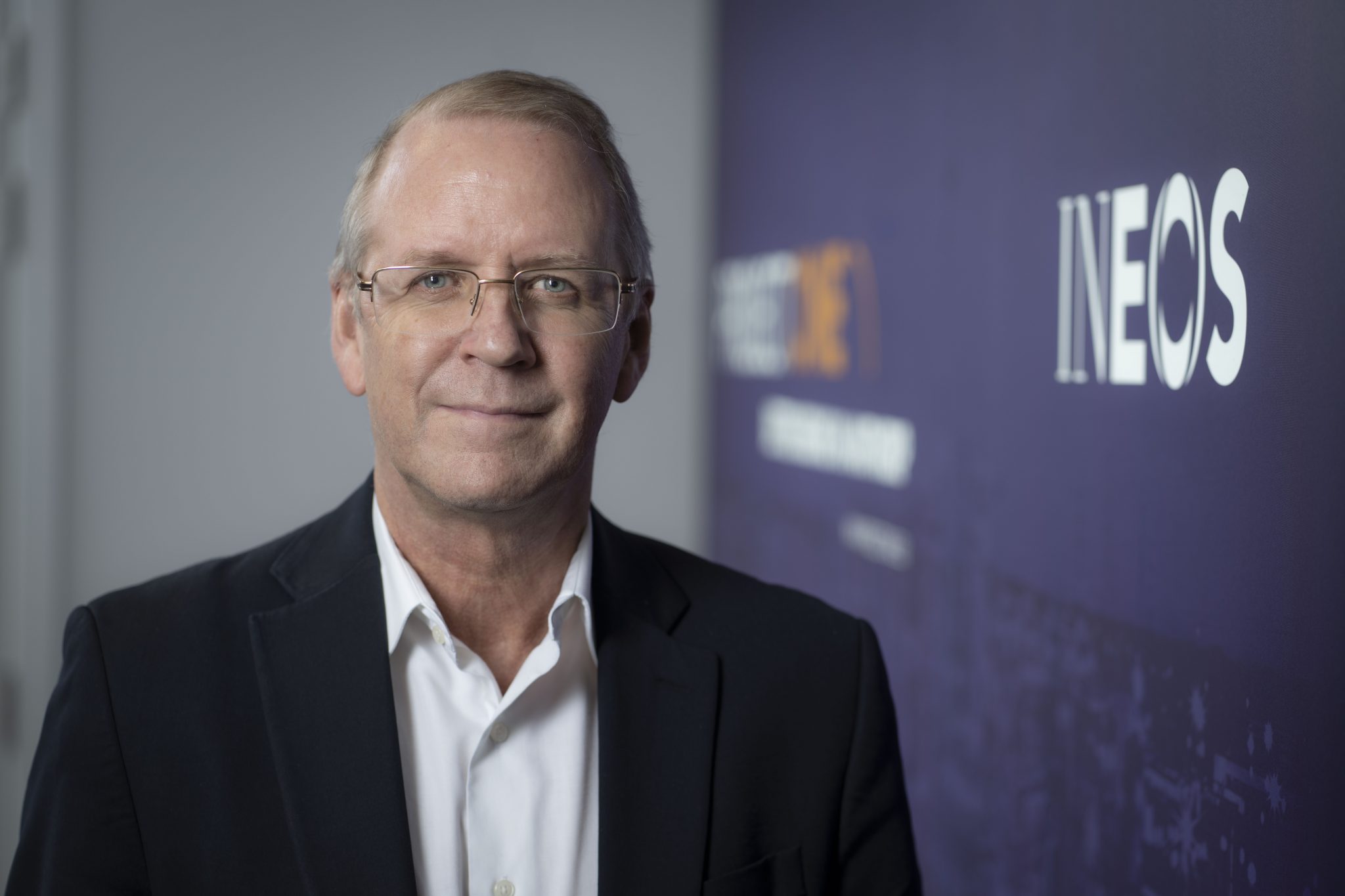
Project ONE in Brief
• State-of-the-art plant for the production of ethylene, one of the most widely used base chemicals in the world
• Lowest carbon footprint of all European crackers, less than half as much CO2 compared to the top ten percent cleanest plants in Europe. And 3 times lower than the current average for European crackers
• Investment of over 3 billion euros in the port of Antwerp
• 450 new jobs and thousands of indirect jobs
• Construction: 4 years; start-up of plant expected in 2026
• Exceptional Investment of the Year Award (Flanders Investment & Trade, 2020)













